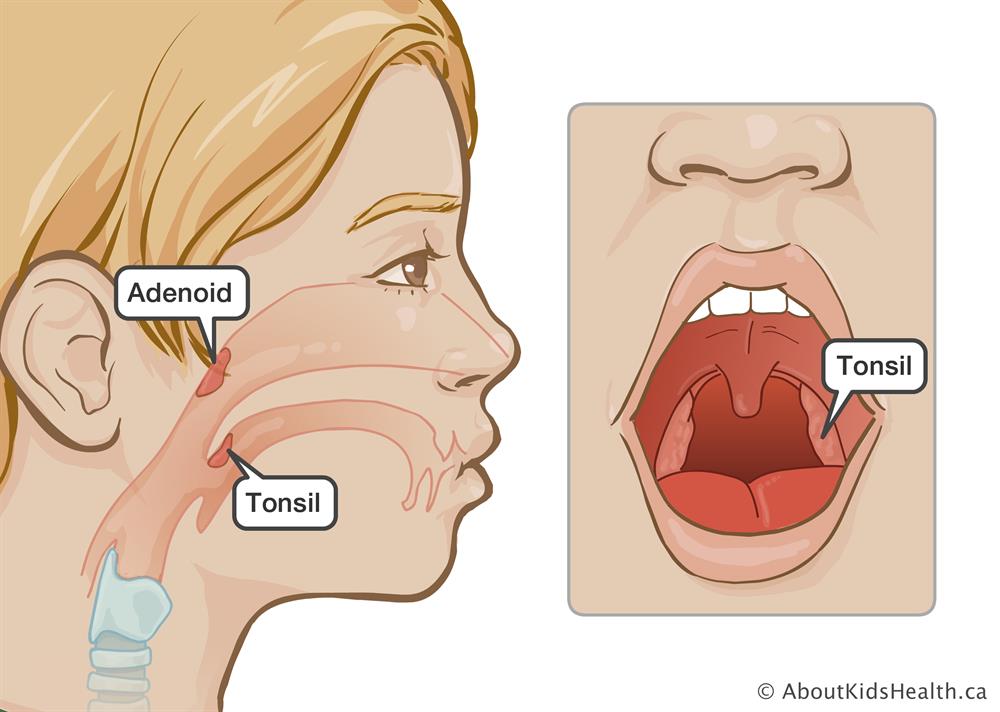Adenoids and tonsils are two important parts of the immune system located in the throat and nasal cavity. Although they play a role in protecting the body from infections, there are instances where their removal becomes necessary. In this article, we will explore the reasons behind Pros And Cons of Removing Adenoids, the procedure involved, the recovery process, and potential risks and benefits. If you or your loved one is considering this procedure, read on to learn more.
Introduction
Removing adenoids and tonsils, known as adenoidectomy and tonsillectomy, respectively, is a common surgical procedure conducted to address various medical conditions. This article aims to provide a comprehensive overview of the process, from understanding the purpose of adenoids and tonsils to discussing the surgical procedure and recovery.
What are Adenoids and Tonsils?
Adenoids and tonsils are part of the lymphatic system and are located in the back of the throat and nasal cavity. Adenoids are situated high in the throat, behind the nose, while tonsils are found at the back of the throat. Both adenoids and tonsils help trap harmful bacteria and viruses that enter the body through the mouth and nose, playing a crucial role in fighting infections.
Indications for Removal
There are several reasons why a person may need to have their adenoids or tonsils removed. Some common indications include:
- Recurring or chronic infections: If adenoids or tonsils become frequently infected, causing conditions such as tonsillitis or sinusitis, removal may be recommended.
- Enlargement: When adenoids or tonsils become enlarged, they can obstruct the airways, leading to breathing difficulties, sleep apnea, or frequent snoring.
- Abscess or tumor: In rare cases, the development of abscesses or tumors in the adenoids or tonsils may require surgical intervention.
Preparing for the Procedure
Before the surgery, a thorough evaluation will be conducted by a healthcare professional. This may involve a physical examination, medical history review, and sometimes additional tests, such as blood work or imaging scans. It is important to inform the medical team about any medications, allergies, or pre-existing conditions.
The Surgical Process
Adenoidectomy and tonsillectomy are typically performed under general anesthesia. The surgeon will remove the adenoids and/or tonsils through the mouth, using specialized instruments. The duration of the procedure can vary but is usually completed within one to two hours.
Recovery and Aftercare
After the surgery, the patient will be monitored in a recovery area until the effects of anesthesia wear off. It is common to experience throat pain, earache, and difficulty swallowing in the initial days following the procedure. Pain medication and a soft diet are often recommended during the recovery period. It is crucial to follow all post-operative instructions provided by the healthcare team and attend any follow-up appointments.
Potential Risks and Complications
As with any surgical procedure, there are potential risks and complications associated with adenoidectomy and tonsillectomy. These can include bleeding, infection, adverse reactions to anesthesia, or damage to surrounding structures. However, such complications are relatively rare, and the benefits of the surgery often outweigh the risks.
Benefits of Adenoid and Tonsil Removal
The removal of adenoids and tonsils can bring significant benefits, especially for individuals experiencing recurrent infections or obstructive symptoms. Some of the advantages include:
- Reduction in the frequency and severity of infections.
- Improvement in breathing and sleep patterns.
- Alleviation of symptoms related to enlarged adenoids or tonsils.
Frequently Asked Questions
Can adenoids and tonsils grow back after removal?
No, once adenoids and tonsils are removed, they do not grow back. The surgical removal provides a permanent solution to the conditions that led to their removal.
Is the surgery painful?
The surgery itself is performed under anesthesia, so patients do not experience pain during the procedure. However, it is common to experience throat pain and discomfort during the recovery phase, which can be managed with pain medication.
How long does it take to recover from adenoid and tonsil removal?
Recovery time can vary from person to person. In general, it takes about one to two weeks to fully recover from adenoidectomy or tonsillectomy. During this time, it is important to rest, follow a recommended diet, and avoid strenuous activities.
What are the alternatives to surgery?
In some cases, alternative treatments such as medication or lifestyle changes may be explored before resorting to surgery. However, it is essential to consult with a healthcare professional to determine the most appropriate course of action.
How can I manage pain and discomfort after the procedure?
The healthcare team will provide specific instructions on managing pain and discomfort after the surgery. This may include taking prescribed pain medication, using ice packs, consuming a soft diet, and staying hydrated.
Conclusion
Removing adenoids and tonsils is a surgical procedure that can bring relief to individuals suffering from recurrent infections, breathing difficulties, or obstructive symptoms. It is important to consult with a healthcare professional to assess the need for surgery and understand the potential benefits and risks. With proper preparation, a skilled surgical team, and diligent post-operative care, individuals can expect a successful recovery and improved quality of life.
